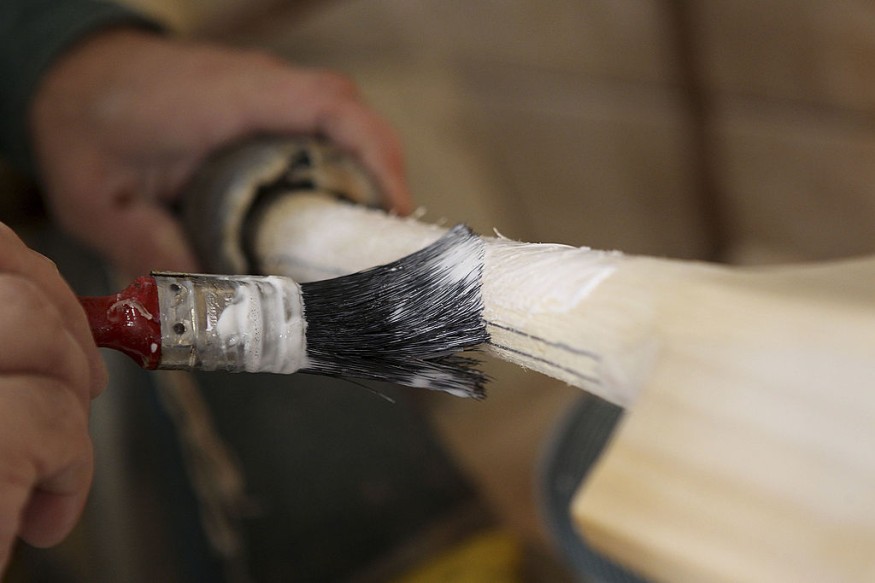One should be cautious when tinkering with common household plastic's chemical structures. Scientists have reportedly been able to upcycle the said compounds into reusable adhesives with a unique and promising property.
Scientists claim that a small patch of the novel substance can hold roughly 300 pounds in the air, as researchers claim it is one of the toughest materials discovered.
Novel Upcycled Adhesive

The strong upcycled adhesive scientists from the Oak Ridge National Laboratory of the US Department of Energy used polystyrene-b-poly-b-polystyrene or SEBS as the jump-off point for the adhesive. The rubbery polymer is found in handlebar grips, diapers, and toothbrushes. Researchers were able to instill new capabilities to the material by making adjustments to its chemical structures, reports NewAtlas.
The success was achieved via a process known as dynamic crosslinking that allowed the bridging of normally incompatible materials. The team used the said technique to couple the polymer with silica nanoparticles. With the aid of a compound known as boronic esters, it resulted in a novel crosslinked compatible material known as SiNP. The boronic esters are vital to the adhesive's reusability, as they allow the crosslinked bonds to form and break repeatedly.
Md Anisur Rahman, the study's lead author, explains that the fundamental discovery was that the SEBS with boronic esters could rearrange their bonds with hydroxyl groups such as oxygen and hydrogen on SiNP to adapt properties for significantly demanding jobs. He adds that they also found that the formation of reversible boronic ester bonds is possible with a variety of surfaces that have compounds from the hydroxyl groups.
Challenges of the Reusable Novel Adhesive
In the study published in the journal Science Advances, titled "Design of tough adhesive from commodity thermoplastics through dynamic crosslinking," shows how the crosslinked bonds shift inside the novel upcycled material that enables it to adhere to various surfaces strongly enough for square centimeters of it to be able to hold roughly 300 pounds. Researchers also tested the toughness of the material in which the team tried to detach materials via force, with the novel material's off-the-charts performance surpassing all commercially available adhesives in the study. The material's combination of strength and ductility makes it one of the toughest materials to be reported, according to 6to researchers.
Tomonori Saito, ORNL scientist and author of the study, explains that the tough and strong adhesives are significantly difficult to decide since they need to incorporate hard and soft features that are often incompatible. He adds that the challenge has been adding toughness and maintaining the material's flexibility without sacrificing its inherent strength. The team's approach uses dynamic chemical bonds to create a novel adhesive with unique properties that cannot be seen in current materials.
The adhesive is also recyclable and can maintain its performance to temperatures of up to 400 degrees Fahrenheit, making it highly suitable for high-temperature applications. Scientists imagine that using upcycled reusable adhesive in aerospace, construction, and automotive applications is not working to improve the technology and commercialize it.
RELATED ARTICLE .: 3D Face Reconstruction of Mysterious Egyptian Mummy 'Shep-en-Isis' Who Died 2,600 Years Ago Revealed
Check out more news and information on Tech & Innovation in Science Times.b
© 2025 ScienceTimes.com All rights reserved. Do not reproduce without permission. The window to the world of Science Times.












